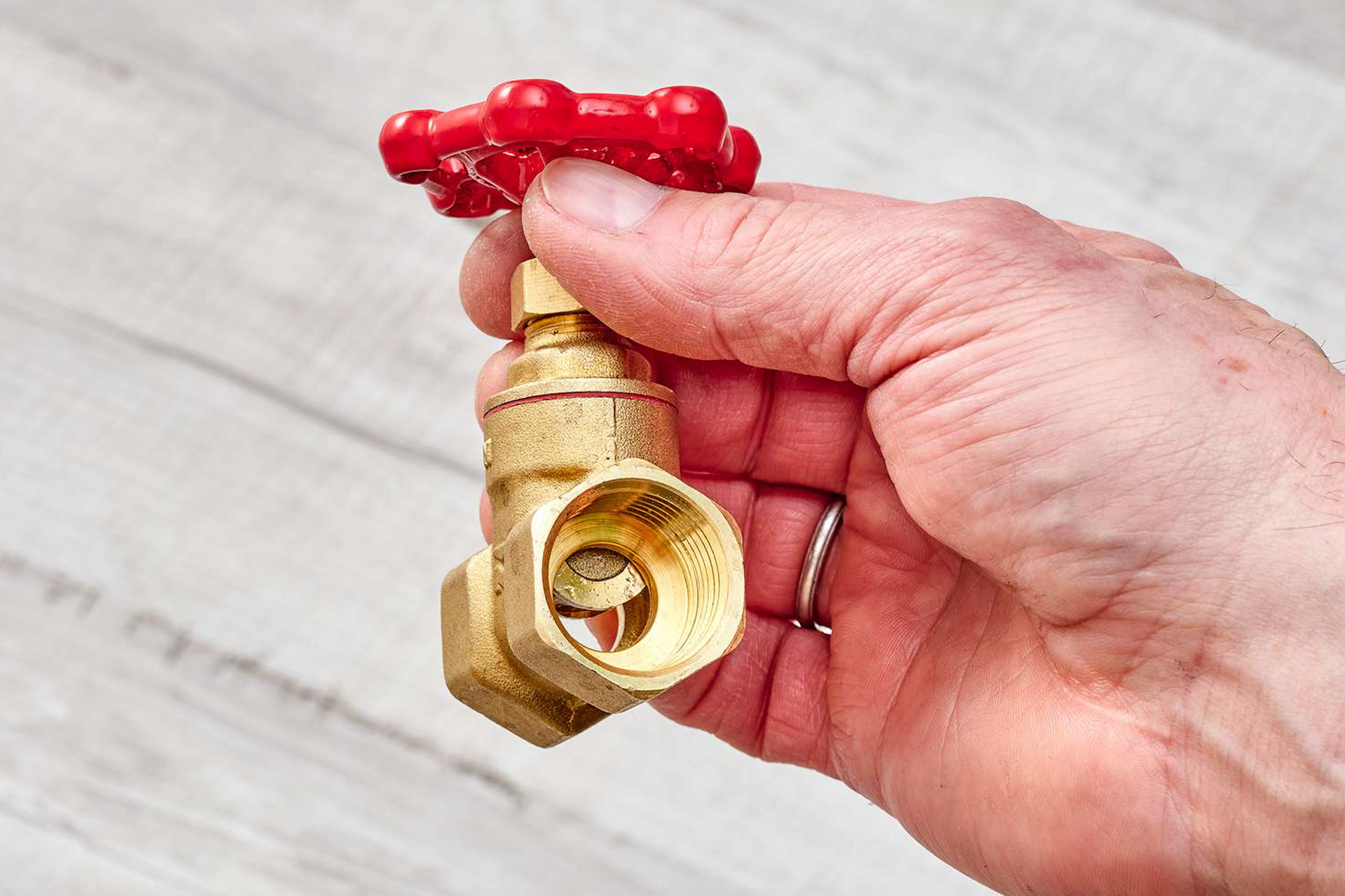PEX vs. Galvanized/Copper Plumbing: The Future of Residential Piping
The realm of residential plumbing has seen numerous technological advancements, with materials and methods evolving to meet the demands of modern homes. Among the most significant shifts in plumbing technology is the transition from traditional materials like galvanized steel and copper to the now-popular PEX (cross-linked polyethylene) tubing. This article aims to provide a comparative analysis of these materials, exploring the pros and cons of each.
1. Historical Perspective
- Galvanized Pipes: These are steel pipes coated with a layer of zinc to prevent rusting. They became popular in the early 20th century, replacing lead as a primary plumbing material.
- Copper Pipes: Copper has been used for plumbing purposes for centuries. It gained widespread popularity in the latter half of the 20th century due to its reliability and durability.
- PEX Tubing: Introduced in the 1960s and popularized in the U.S. in the 1980s, PEX is a flexible plastic tubing that offers numerous advantages over traditional materials.
2. Installation
- Galvanized/Copper: Requires skilled labor, soldering, and joining methods that can be time-consuming and potentially expensive.
- PEX: Known for its flexibility, PEX can be snaked into walls, reducing the need for joints and fittings. This results in quicker and often cheaper installations.
3. Durability and Lifespan
- Galvanized: Over time, the protective zinc layer can corrode, leading to reduced water flow and potential leaks. Lifespan typically ranges from 20-50 years.
- Copper: Resistant to corrosion and can last up to 70 years or more. However, it's vulnerable to pinhole leaks in areas with acidic water.
- PEX: Resistant to corrosion and scale buildup. While its lifespan is still under observation, it's estimated to last 40-50 years or longer.
4. Cost
- Galvanized/Copper: Generally more expensive due to material costs and installation complexity.
- PEX: Often cheaper in terms of material costs and can also result in lower labor costs due to easier installation.
5. Health and Safety
- Galvanized: Older pipes might release lead into the water if they were connected using lead-based solder.
- Copper: While safe, copper can sometimes alter the taste of water, especially if the water is acidic.
- PEX: Some concerns were raised about potential contaminants leaching from the tubing. However, when used according to established safety guidelines, PEX meets national standards for safe drinking water.
6. Environmental Considerations
- Galvanized/Copper: Mining, processing, and transportation of these metals have significant environmental impacts.
- PEX: Producing PEX has a smaller carbon footprint than metal pipes. Additionally, its lightweight nature reduces transportation emissions.
7. Flexibility and Expansion
- Galvanized/Copper: Rigid and susceptible to bursting when water inside freezes.
- PEX: Flexible and can expand, significantly reducing the risk of burst pipes due to freezing.
Conclusion
While galvanized and copper plumbing has proven reliable over the years, the advent of PEX offers homeowners a modern alternative that's easier to install, cost-effective, and versatile. As with all home improvement decisions, it's essential to consider local regulations, water quality, and individual needs before making a choice.
When considering repiping or new installations, consulting with a trusted plumber can offer valuable insights tailored to specific circumstances. As technologies and materials continue to evolve, staying informed ensures the best choices for durability, safety, and efficiency in home plumbing systems.
You might also like



